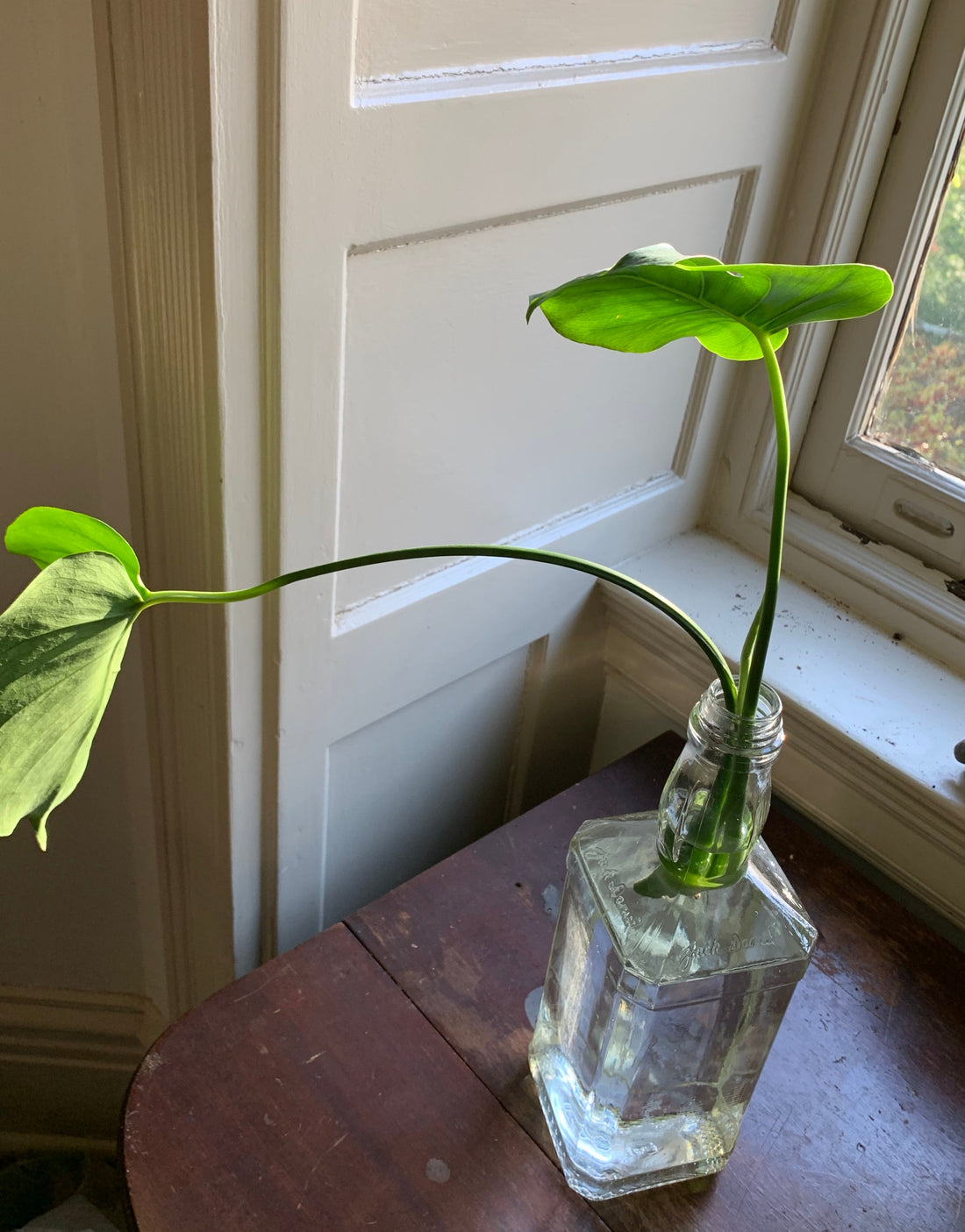
Growing your Plant Family on a Budget
Share
Have you ever gazed upon a lush garden and wondered how it all began? The answer often lies in the magical world of plant propagation. By harnessing the power of nature, you can create new life and nurture vibrant indoor gardens. This guide will equip you with the knowledge and tools to embark on this rewarding journey, transforming a single plant into a thriving oasis.
From One to Many: Your Guide to Plant Propagation
Plant propagation: it's the magic trick every plant lover wishes they knew. Turning one beloved plant into a whole army of new green babies? Yes, please! Whether you're looking to expand your collection, share with friends, or simply enjoy the process of nurturing new life, this guide will walk you through the basics of plant propagation.
Why Propagate?
Beyond the obvious benefit of getting more plants, propagation offers several advantages:
-
Cost-Effective: Why buy a new plant when you can create one for free (or nearly so)?
-
Sharing is Caring: Propagated plants make thoughtful and personalized gifts.
-
Rejuvenation: Propagating from a leggy or overgrown plant can encourage new, bushier growth.
-
Therapeutic: There's something incredibly satisfying about nurturing a cutting into a thriving plant.
Choosing Your Method:
The best propagation method depends on the type of plant you're working with. Here are some of the most common techniques:
-
Stem Cuttings: This is arguably the most popular method and works for a wide variety of plants, including pothos, succulents, and many vining plants. You simply snip a section of stem, remove the lower leaves, and place it in water or soil.
-
Leaf Cuttings: Perfect for succulents like snake plants and some begonias, this method involves placing a healthy leaf (sometimes with a small portion of the stem) on top of soil or in water.
-
Root Cuttings: Less common, but effective for some plants like snake plants and zz plants. You take a section of the root and plant it horizontally in soil.
-
Division: This method is ideal for plants that grow in clumps, like ferns, spider plants, and peace lilies. You carefully separate the plant's root system into smaller sections, each with its own set of roots and shoots.
-
Layering: A good option for plants with flexible stems, like vines and shrubs. You bend a stem down to the ground, cover a portion of it with soil, and wait for roots to form.
-
Air Layering: This technique is used for woody plants that are difficult to propagate by cuttings. You wound the stem, wrap it in moist sphagnum moss, and cover it with plastic until roots emerge.
-
Seed Propagation: While not technically "propagation" in the same way as the others, growing plants from seed is a rewarding experience.
General Tips for Success:
Regardless of the method you choose, these tips will increase your chances of success:
-
Timing: Spring and summer are generally the best times to propagate, as plants are actively growing.
-
Cleanliness: Use clean tools and pots to prevent the spread of disease.
-
Light: Provide adequate light for your cuttings or seedlings, but avoid direct sunlight, which can scorch them.
-
Humidity: Cuttings and seedlings benefit from higher humidity. You can achieve this by using a propagation dome, placing them in a plastic bag (partially open for air circulation), or misting them regularly.
-
Patience: Propagation takes time. Don't be discouraged if you don't see results immediately.
Specific Examples:
-
Pothos: Propagate by stem cuttings in water or soil.
-
Succulents: Propagate by leaf or stem cuttings.
-
Spider Plants: Propagate by dividing the mature plant or by planting the "spiderettes" (baby plants).
-
Snake Plant: Propagate by leaf or root cuttings, or by division.
Troubleshooting:
-
Cuttings not rooting: Try using rooting hormone, ensuring adequate humidity, and checking for rot.
-
Cuttings rotting: This is usually caused by overwatering or using dirty tools. Start again with fresh cuttings and clean supplies.
-
Seedlings damping off: This fungal disease can be prevented by using sterile potting mix and ensuring good air circulation.
Beyond the Basics:
Once you've mastered the basics, you can explore more advanced propagation techniques, like grafting and tissue culture. But for most home gardeners, the methods described above will be more than enough to expand their plant collection and enjoy the magic of propagation.
So, grab your tools, choose your plant, and get propagating! You'll be amazed at how easy and rewarding it is to create new life from your existing plants. Happy growing!